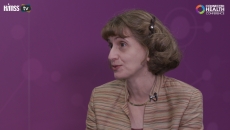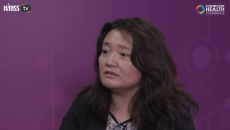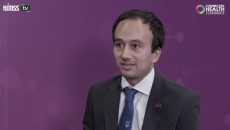Provider
The AI system was able to reduce the percentage of false negative mammograms by 5.7% in the US and 1.2% in the UK.
Naomi Fried, CEO of Health Innovation Strategies, talks about developing the innovation lifecycle and how to avoid the "operationalization gap."
The JAMA study also found that patients employing Buoy Health's tool reduced the level of urgency they originally associated with their condition.
Healthcare consumerism and cybersecurity might seem to be in tension, but it's the job of security professionals to make it work, and that starts with a culture change.
Di Jiang, team lead for connected health at National Research Council Canada, sees remote patient monitoring and digital cognitive health tools as two big areas of interest in Canada as it seeks improvements to its health system.
Active monitoring can ask questions while a smartphone's sensors can go deeper into mood and anxiety levels, says Rashmi Patel, Fulbright Scholar at Beth Israel Deaconess Medical Center.
This year, providers have continued to ink deals with big names in tech including Google, Amazon and Apple. The conversation around patient-centered care and technology is also picking up steam.
physIQ Director of Clinical Development Karen Larimer details her company's work to extract raw sensor readings from sensors and highlights the takeaways for clinicians.
The Translational Research Institute for Space Health provides grants to entrepreneurs to help accelerate product development, says Lisa Suennen, chair of the strategic advisory board of TRISH.
Reda Alhajj, a professor at the University of Calgary, says digital transformation has made big strides in Alberta with adoption and the implementation of technology in striving for patient-centric care.





